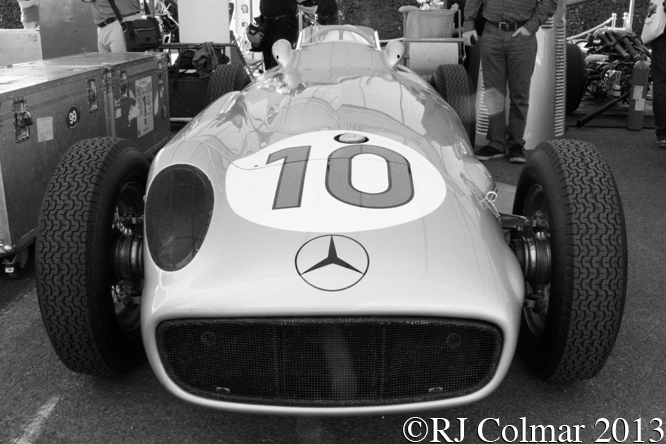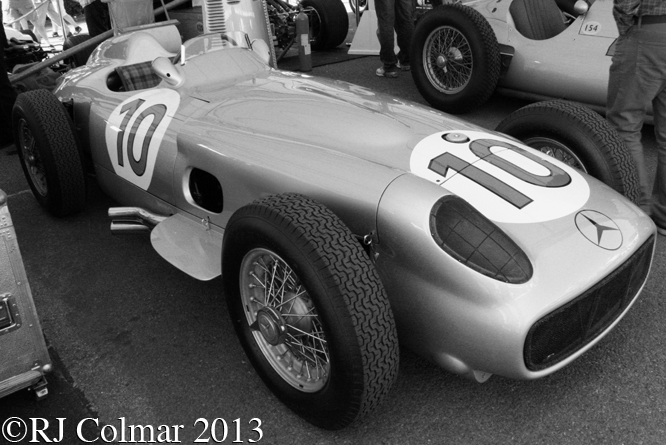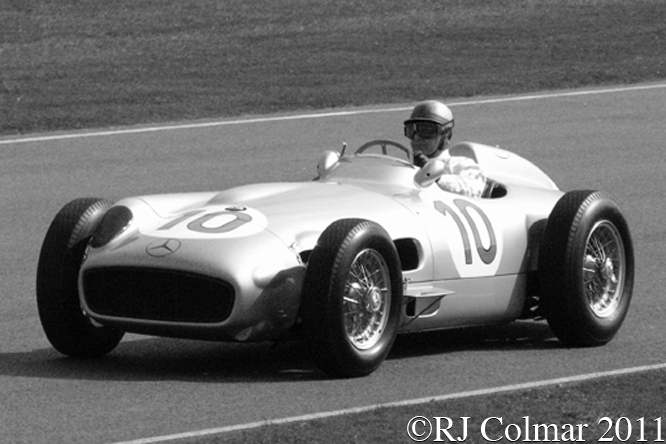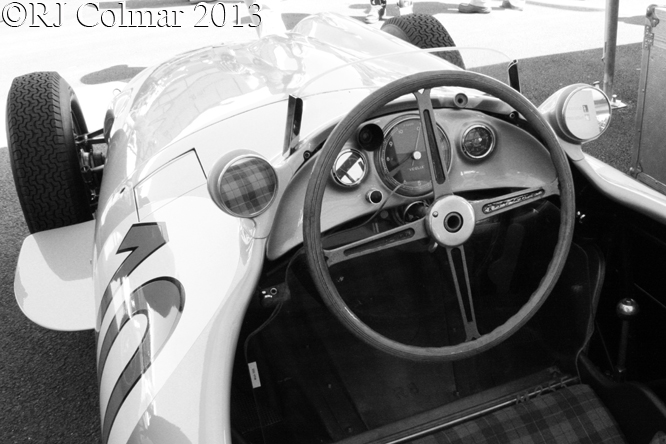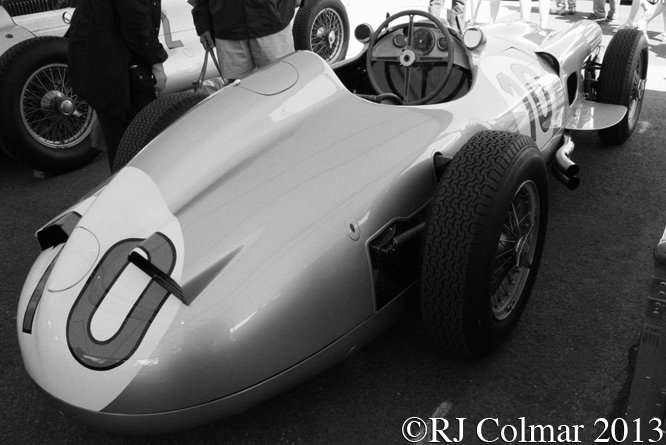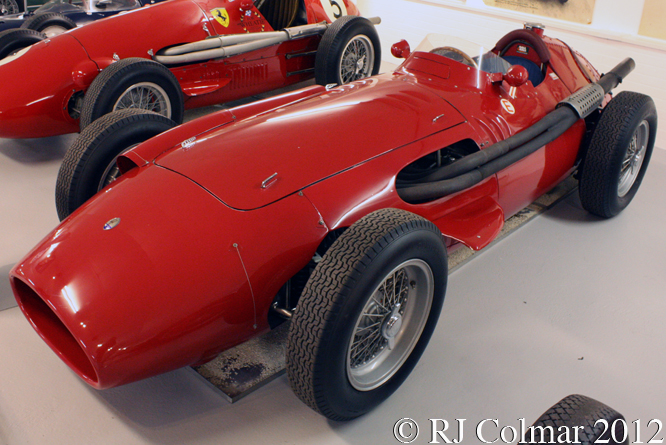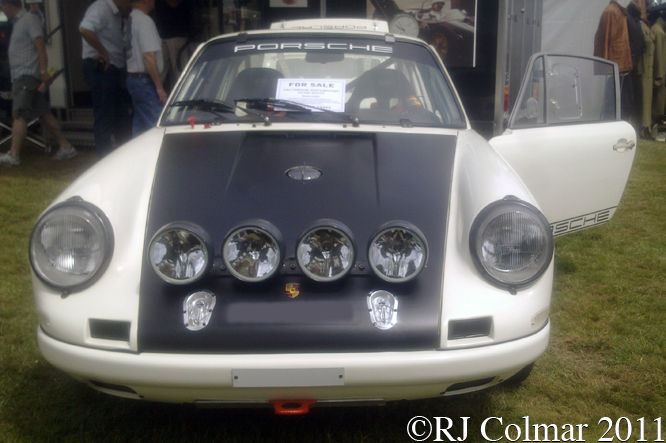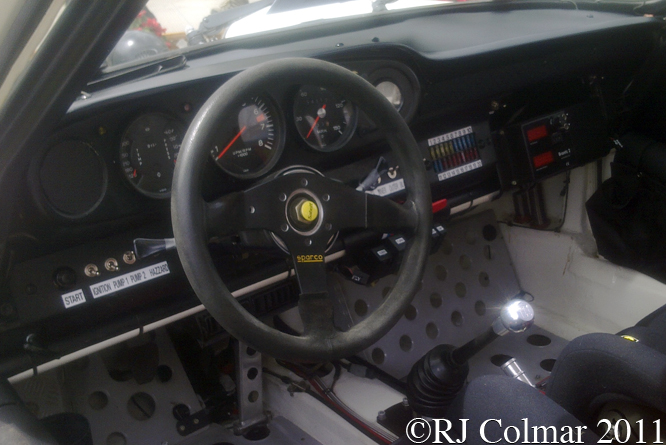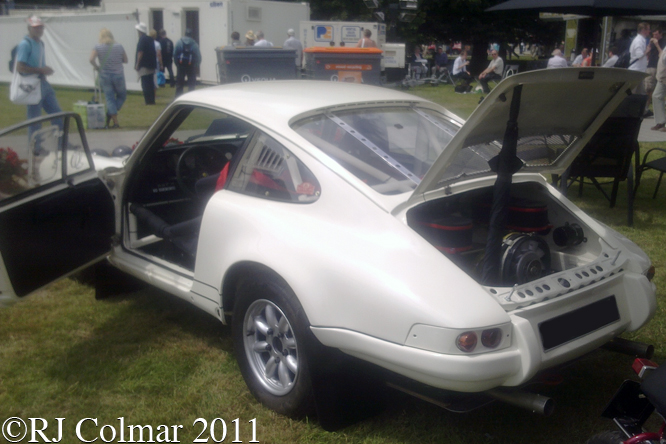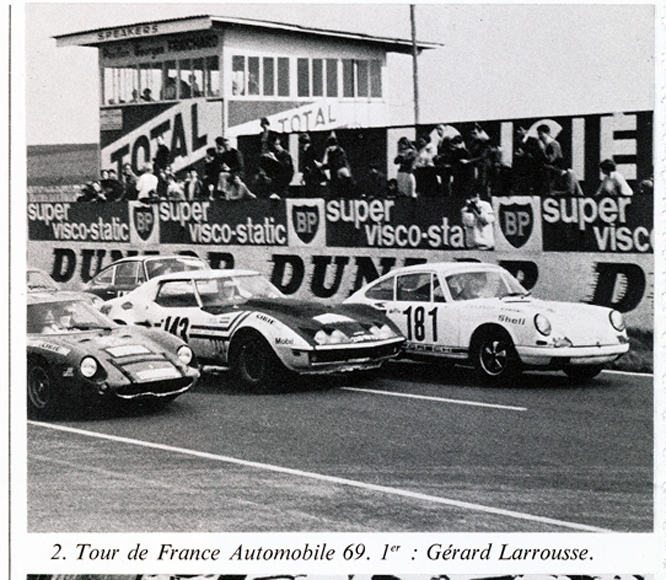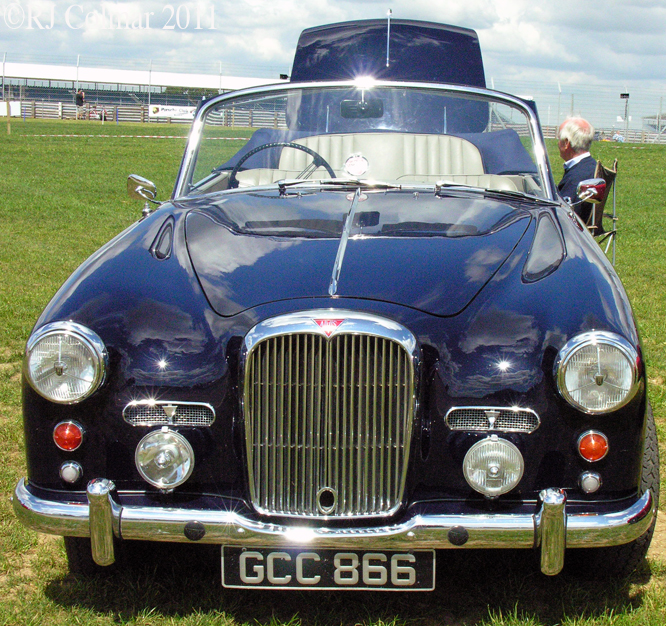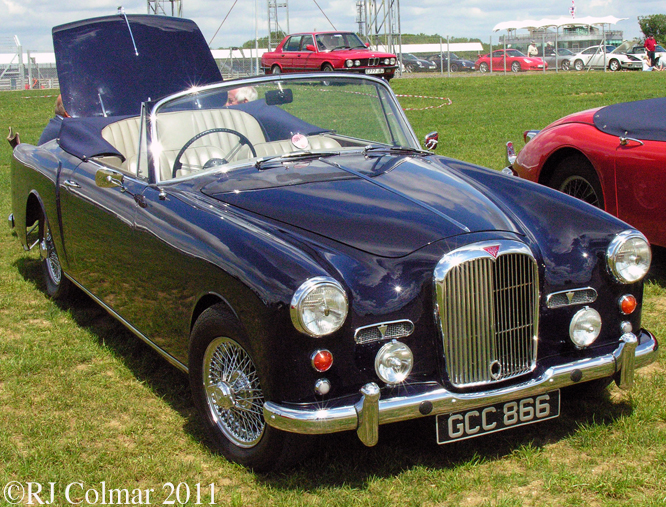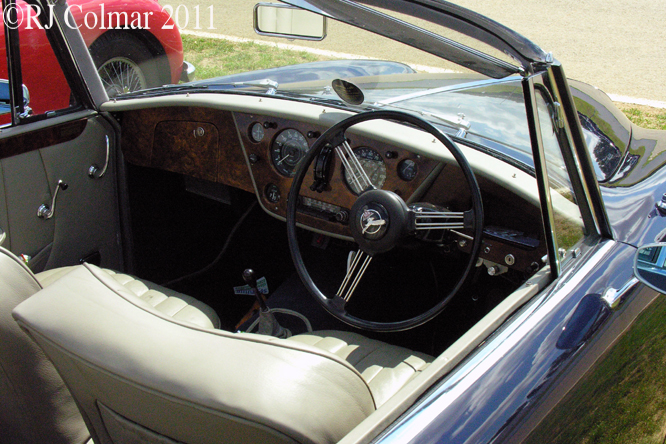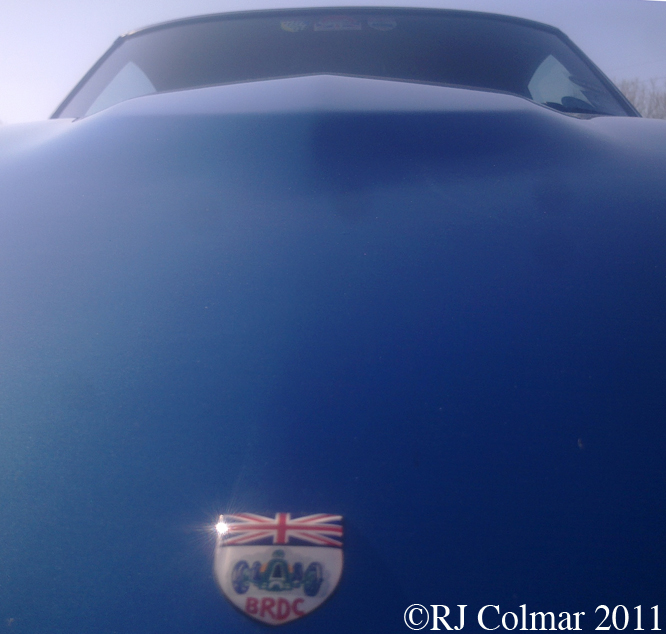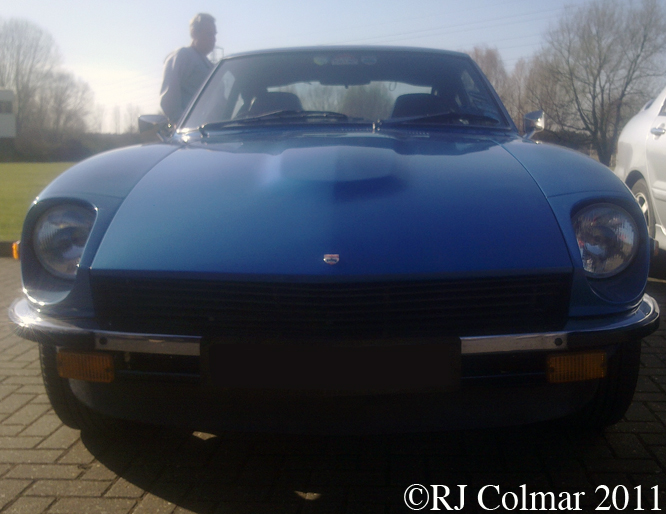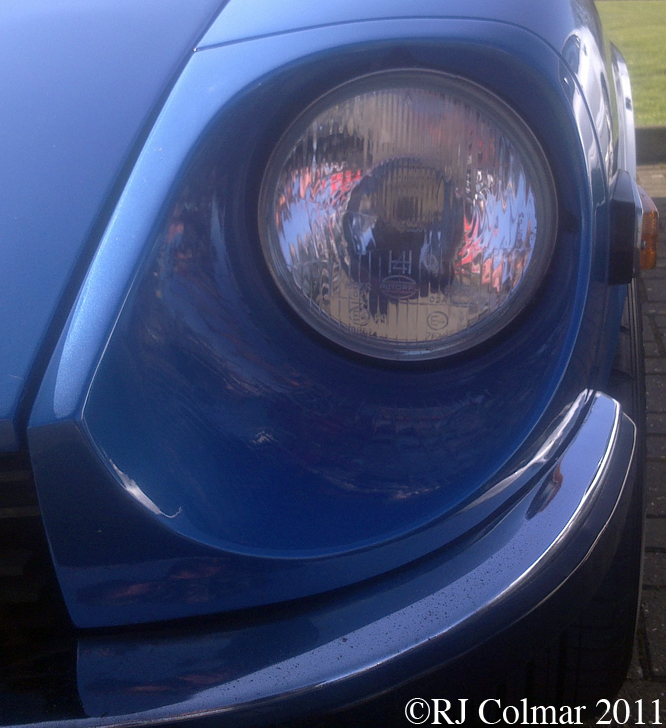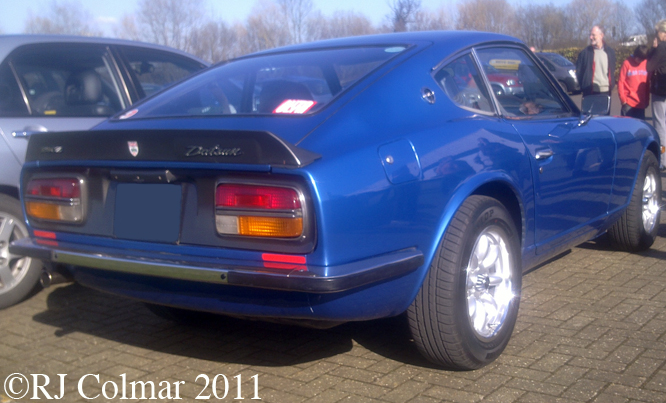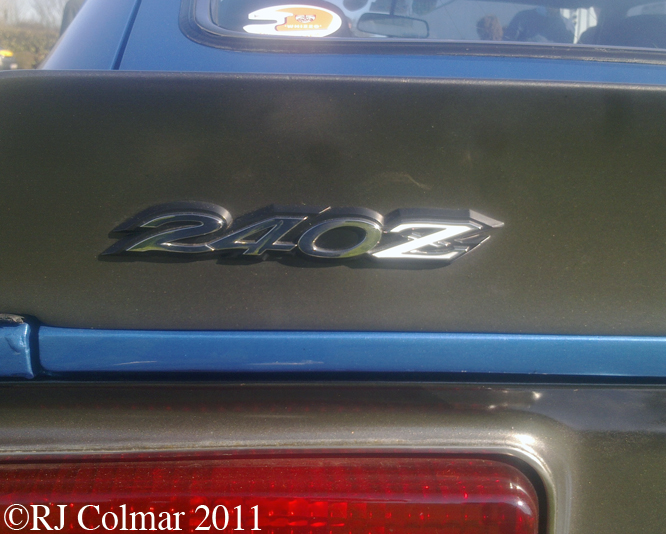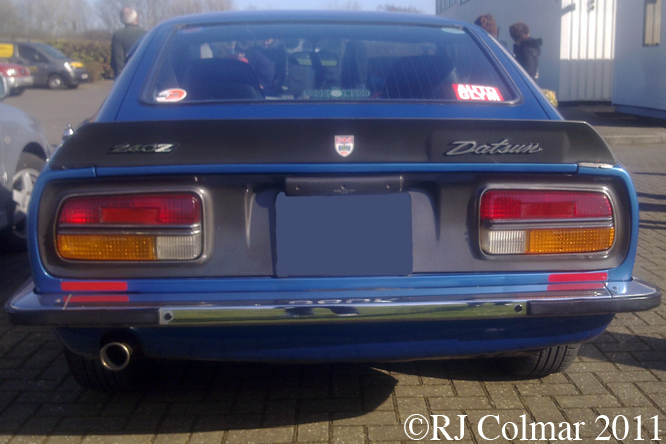At 07:04 on the 1st of May 1955 Hans Hermann and Hermann Eger set off from the start ramp of for the Mille Miglia however unlike team mates Stirling Moss and Juan Manuel Fangio the two Germans never made it to the finish crashing out before reaching Bologna while in second place over 5 mins behind Moss and Jenkinson but well ahead of Fangio who was running on only 7 of his 8 cylinders.
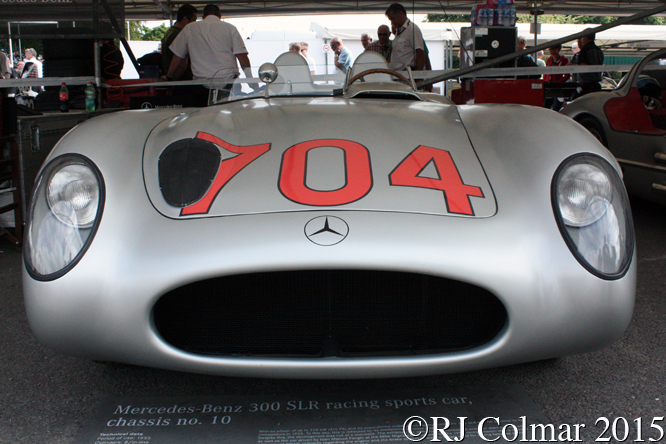
The car Hans crashed on the Mille Miglia was chassis #no.6 and it’s next appearance was at Le Mans where Pierre Levegh and John Fitch were to drive the car and two hours into the race Pierre’s Mercedes 300 SLR clipped an errant Austin Healey and was launched into the air which set in motion the greatest disaster in motor racing history as 84 people and were killed as parts of the Mercedes scythed through the spectators and the magnesium bodied car went up in flames, Pierre to was killed as he was thrown out of the car.
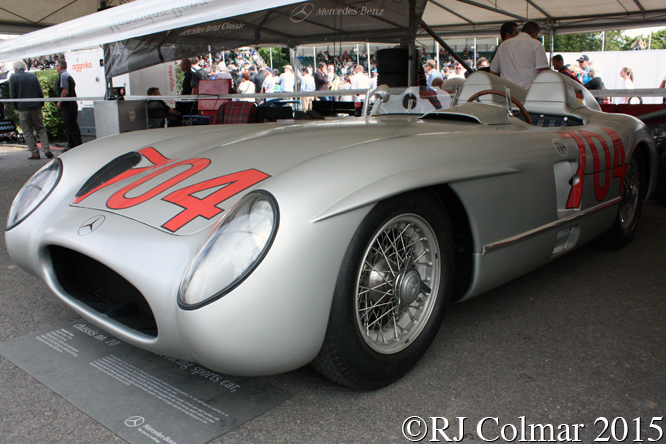
The car seen in these photographs bearing the #704 start number carried by chassis no.6 on the Mille Miglia is the last of the nine 300 SLR’s to be built, and is said to incorporate improvements in anticipation of the 1956 season which Mercedes Benz cancelled in the fall out of the disaster at Le Mans.
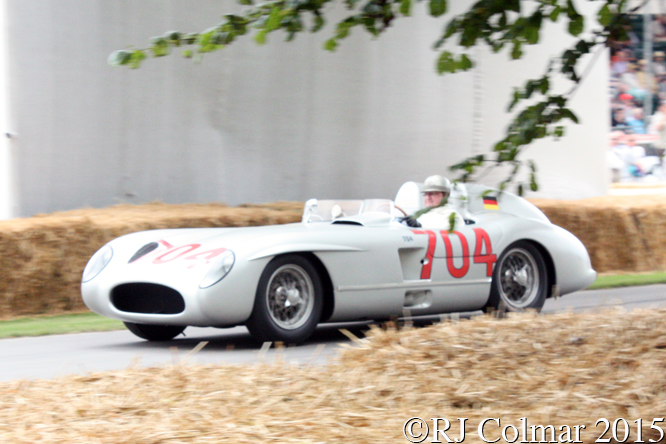
Logic tells us the chassis number should be #no.9 but for reasons that even Mercedes Benz are not sure of the car actually carries the chassis #no.10, quite simply there never was a chassis #no.9.
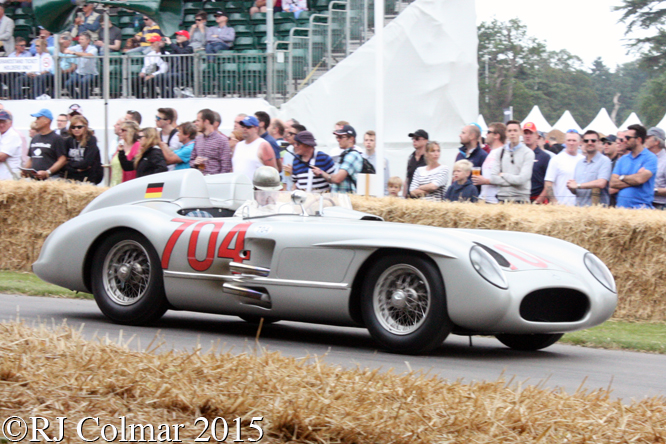
Hans Hermann is seen at the wheel of #no.10 at Goodwood Festival of Speed, where the Mercedes Benz blurb indicated that #no.10 has also carried the #658 Juan started the 1955 Mille Miglia with on occasion.
Thanks for joining me in this “When 6 is 9” edition of “Gettin’ a li’l psycho on tyres” I hope you will join me again tomorrow when I’ll be looking at the ultimate Simca Rallye 2. Don’t forget to come back now !


